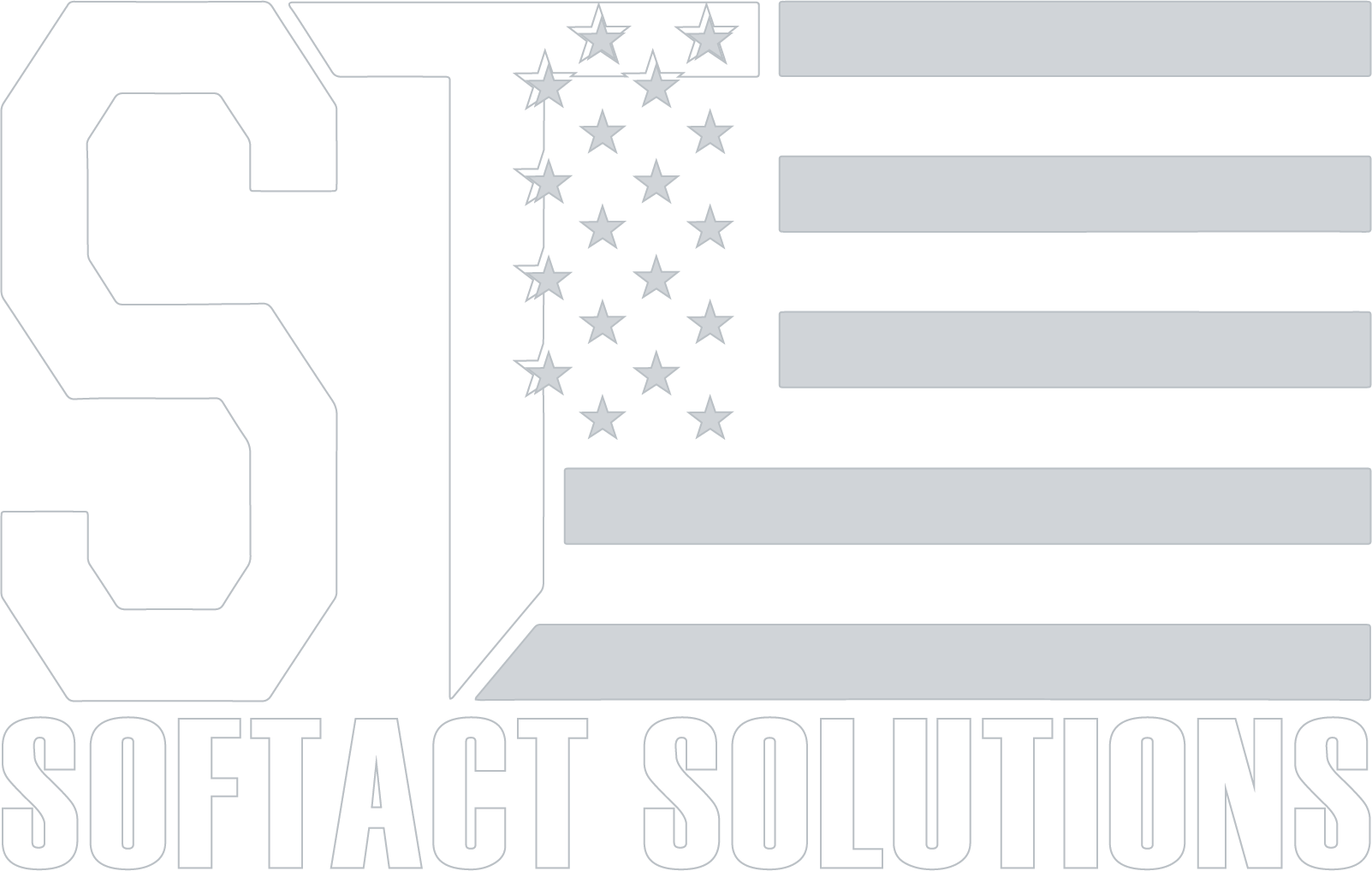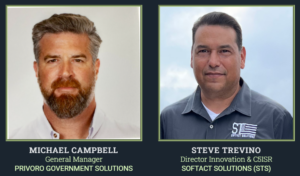Growing a Small Business pt1 with Daron Long STS Director of Operations
As the saying goes, in a small business, regardless of your title, you have many (or all) jobs, not just one.
When I arrived at STS, Founder & President, MA Yourchisin, was personally managing all finance, IT, security, contracting, and procurement, and our EVP, Sam Anderson, was personally managing all the programs, projects, HR, and contract operations. They were ready to start organizing and growing the company, specifically to create a capable staff, expand our C5ISR services, and build our ServiceNow practice.
Luckily, I was given the opportunity to help and onboarded in August 2019. I am employee #8 and am happy to report that we have over 80 personnel today – tenfold growth in just a little over four years. With years of experience in corporate America and the military, we applied a strong understanding of operations, policy development, decision authorities, and organizational structure to build the company with all the right leaders in all the right places.
Create an Organizational Structure
We set out to develop the organization in a way that could really provide expertise in the right places and through a flat organization – a very flat structure with the right types of leaders in the right places. Foundational leadership was highly important to us, and we spent time and energy finding and securing the right leaders.
I use ‘leaders’ on purpose because we do not want to just hire managers who manage for two or three hours a day and are not invested in more. We look for the right skills and traits, and hire leaders – leaders who are engaged with their people; leaders who are engaged up-and-out as well as down-and-in; leaders who understand their role; leaders that have the empathy that is necessary to support growth; and leaders who can replicate that pattern across their teams. These leaders understand our current and desired customer base to ensure we solve the right problems, so we do not waste our or the customer’s resources.
We set in a structure that allows easy navigation to get a decision or answer – directors handle business units, program/staff managers handle numerous projects and special tasks, project/engagement managers handle multiple on-contract operations/tasks, and team leads handle one project.
There is a purposeful depth to this so that decisions can be made at the lowest level. Most day-to-day on-contract or in-staff operational decisions are made by team leads who are empowered to make certain the customer’s problems are solved.
Develop Policies and Processes
While finding the right people for the organization, we also continued to develop employee policies, an operating rhythm, and standard operating procedures (SOP’s).
To make certain our employees understood their left and right limits, we created an employee handbook, framing the questions we needed answered and developing policies with the focus that our people understand all expectations. We kept policies at a high level and general when possible so each circumstance can be considered. We also established that exceptions are allowed based if the circumstances are right to err in favor of the employee whenever possible.
Creating an operating rhythm, or battle rhythm for those of us with a military background (over 60% of our team currently are veterans), was another key step to ensure a good foundation and allow for growth. We set our company operating rhythm to ensure the right information flow. Meetings are not the most popular thing, but if you want a flat organization, you need to ensure that all the right people have all the necessary information. All our meetings have a purpose, and we know our inputs and outputs and whether the meeting is focused on decisions or information sharing.
We also continued to work on developing SOP’s. As we built these, we started with the simple, but fundamental question – How does the company run? SOP’s don’t need to be complex or complicated; they should be simple and clear instructions that any of your personnel can understand and follow. Not only should they lay out how we do the routine things, routinely, but also, they should cover some of the likely ‘what-if’s’ – What if we have a sexual harassment filing? What if we need to onboard 20 people in a day? What if we have a cybersecurity incident? There are too many ‘what’if’s’ to count, but the drill is to consider as many as you can and build into your SOP’s.
We continue to adapt the company to maintain pace with change, and STS is a healthy, growing company today because we are hiring the right leaders who want to lead and be a part of the team, building the organization with empowered decision makers and employees who solve problems, and doing the routine things, routinely to ensure solid policies and procedures that take care of our people.
Read more at – Growing a Small Business pt 2
Join the conversation on LinkedIn!




